SDG GOAL 17
PARTNERSHIPS FOR THE GOALS
Strengthen the means of implementation and revitalize the global partnership for sustainable development
|
|
|
|
DIRECT NAVIGATION TO INDIVIDUAL WEBPAGE FOR EACH GOAL
|
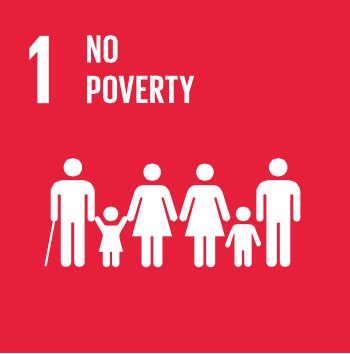
|
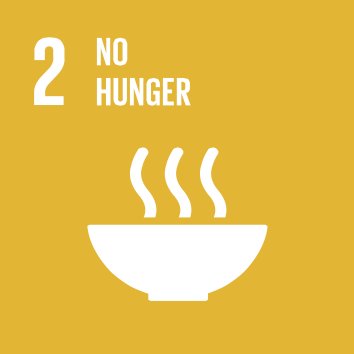
|
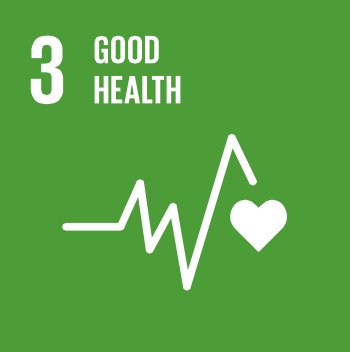
|
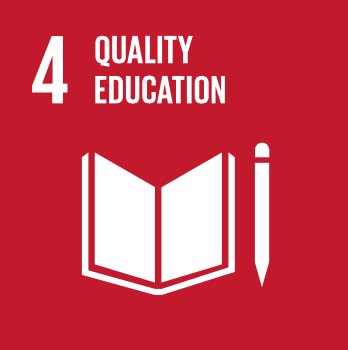
|
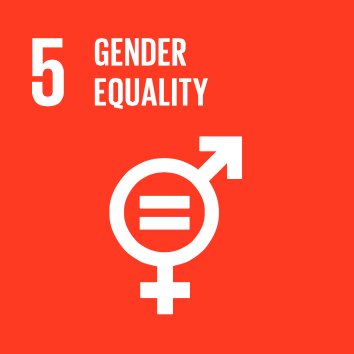
|
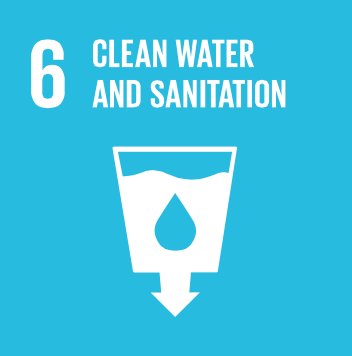
|
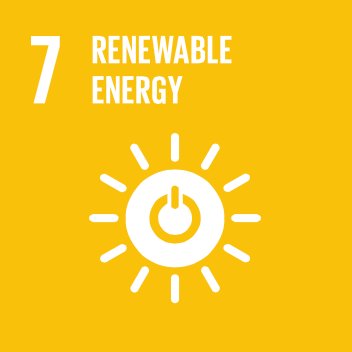
|
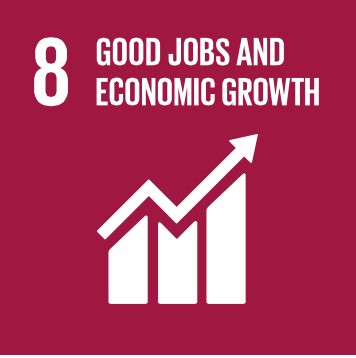
|
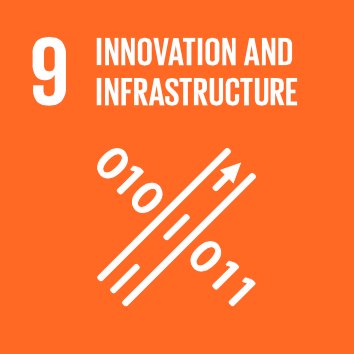
|
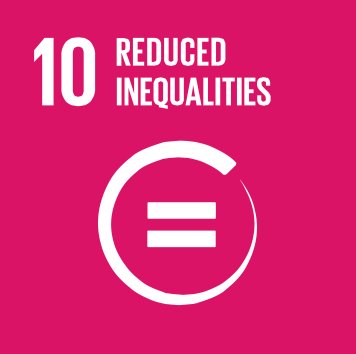
|
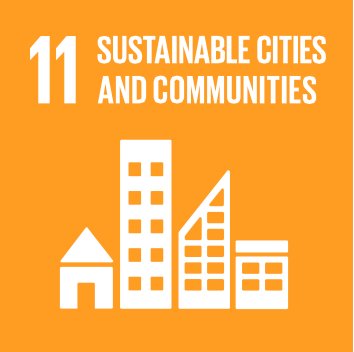
|
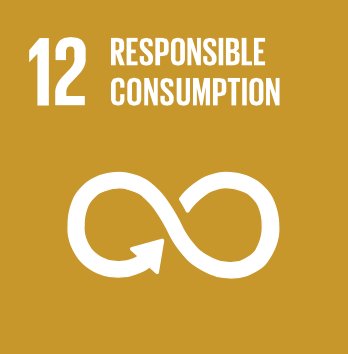
|
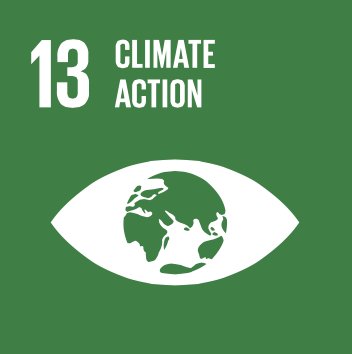
|
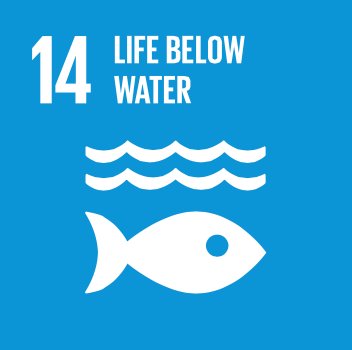
|
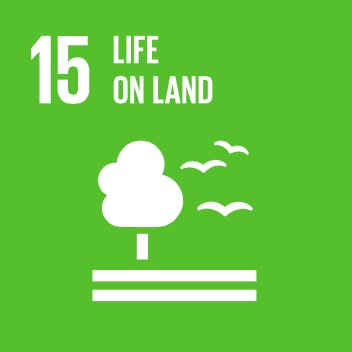
|
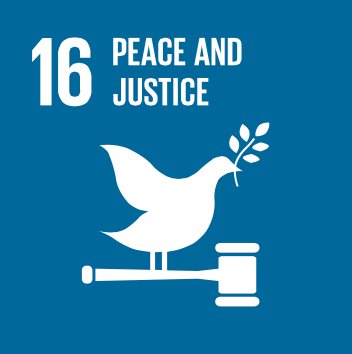
|
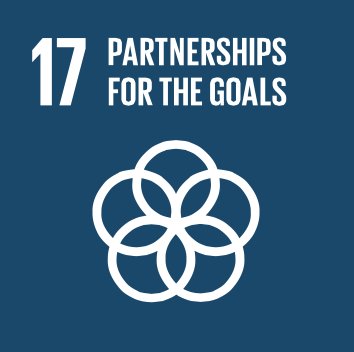
|
|
SDG GOAL 17 ... PARTNERSHIPS FOR THE GOALS
Strengthen the means of implementation and revitalize the global partnership for sustainable development
|

|
GOAL 17 ... PARTNERSHIPS FOR THE GOALS ... Strengthen the means of implementation and revitalize the global partnership for sustainable development
|
|
|
Goals and targets
|
Indicators
|
|
|
Finance
|
|
|
|
17.1
|
Strengthen domestic resource mobilization, including through international support to developing countries, to improve domestic capacity for tax and other revenue collection
|
17.1.1 Total government revenue as a proportion of GDP, by source
17.1.2 Proportion of domestic budget funded by domestic taxes
|
|
|
17.2
|
Developed countries to implement fully their official development assistance commitments, including the commitment by many developed countries to achieve the target of 0.7 per cent of gross national income for official development assistance (ODA/GNI) to developing countries and 0.15 to 0.20 per cent of ODA/GNI to least developed countries; ODA providers are encouraged to consider setting a target to provide at least 0.20 per cent of ODA/GNI to least developed countries
|
17.2.1 Net official development assistance, total and to least developed countries, as a proportion of the Organization for Economic Cooperation and Development (OECD) Development Assistance Committee donors’ gross national income (GNI)
|
|
|
17.3
|
Mobilize additional financial resources for developing countries from multiple sources
|
17.3.1 Foreign direct investments (FDI), official development assistance and South-South Cooperation as a proportion of total domestic budget
17.3.2 Volume of remittances (in United States dollars) as a proportion of total GDP
|
|
|
17.4
|
Assist developing countries in attaining long-term debt sustainability through coordinated policies aimed at fostering debt financing, debt relief and debt restructuring, as appropriate, and address the external debt of highly indebted poor countries to reduce debt distress
|
17.4.1 Debt service as a proportion of exports of goods and services
|
|
|
17.5
|
Adopt and implement investment promotion regimes for least developed countries
|
17.5.1 Number of countries that adopt and implement investment promotion regimes for least developed countries
|
|
|
Technology
|
|
|
|
17.6
|
Enhance North-South, South-South and triangular regional and international cooperation on and access to science, technology and innovation and enhance knowledge-sharing on mutually agreed terms, including through improved coordination among existing mechanisms, in particular at the United Nations level, and through a global technology facilitation mechanism
|
17.6.1 Number of science and/or technology cooperation agreements and programmes between countries, by type of cooperation
17.6.2 Fixed Internet broadband subscriptions per 100 inhabitants, by speed
|
|
|
17.7
|
Promote the development, transfer, dissemination and diffusion of environmentally sound technologies to developing countries on favourable terms, including on concessional and preferential terms, as mutually agreed
|
17.7.1 Total amount of approved funding for developing countries to promote the development, transfer, dissemination and diffusion of environmentally sound technologies
|
|
|
17.8
|
Fully operationalize the technology bank and science, technology and innovation capacity-building mechanism for least developed countries by 2017 and enhance the use of enabling technology, in particular information and communications technology
|
17.8.1 Proportion of individuals using the Internet
|
|
|
Capacity-building
|
|
|
|
17.9
|
Enhance international support for implementing effective and targeted capacity-building in developing countries to support national plans to implement all the Sustainable Development Goals, including through North-South, South-South and triangular cooperation
|
17.9.1 Dollar value of financial and technical assistance (including through North-South, SouthSouth and triangular cooperation) committed to developing countries
|
|
|
Trade
|
|
|
|
17.10
|
Promote a universal, rules-based, open, non-discriminatory and equitable multilateral trading system under the World Trade Organization, including through the conclusion of negotiations under its Doha Development Agenda
|
17.10.1 Worldwide weighted tariff-average
|
|
INDICATORS / WORKING NOTES
Goal 17 ... Proposed Indicators 102 to 109
Potential and Illustrative Core Indicators
|
|
Indicator 102:
|
Average tariffs imposed by developed countries on agricultural products and textiles and clothing from developing countries (MDG Indicator)
Rationale and definition: This MDG indicator tracks efforts made by developed countries to reduce or remove tariffs (customs duties that are financial barriers to imports) in three sectors that are particularly important for developing countries and LDCs. Removing developed country tariffs, particularly in these sectors which account for a large portion of developing country exports, could help significantly increase economic growth in developing countries.196
Disaggregation: By sector and product categories.
Comments and limitations: This indicator does not capture non-tariff barriers to trade, such as technical standards or sanitary regulations.
Preliminary assessment of current data availability by Friends of the Chair: To be determined.
Potential lead agency or agencies: UNCTAD, WTO
|
|
|
Indicator 103:
|
Annual report by Bank for International Settlements (BIS), International Accounting Standards Board (IASB), International Financial Reporting Standards (IFRS), International Monetary Fund (IMF), World Intellectual Property Organization (WIPO), and World Trade Organization (WTO) [other organizations to be added] on the relationship between international rules and the SDGs
Rationale and definition: This indicator will track whether key international institutions deliver an official annual report assessing whether international rules are consistent with achieving the SDG. The reports should also outline options for improvement to make the rules consistent with achieving the goals.
Institutions and reports covered by this indicator include:
• BIS: Report on international financial regulatory standards (i.e. Basel III and successors)
• IASB: Report on international accounting standards.
• IFRS: Report on international financial reporting standards
• IMF: Report on the international financial system.
• WIPO: Report on the international intellectual property regime.
• WTO: Report on the international trade system.
Other organizations can be added to this indicator.
Disaggregation: Reporting would be done by institution.
Comments and limitations: To be reviewed once the indicator has been constructed.
Preliminary assessment of current data availability by Friends of the Chair: To be determined.
Potential lead agency or agencies: WTO, IMF, WIPO.
196 See International Trade Center, UN Conference On Trade And Development, and WTO webpage on Market Access Indicators:
http://www.mdg-trade.org/
Revised working draft (July 25, 2014)
104
|
|
|
Indicator 104:
|
Official development assistance (ODA) and net private grants as percent of high-income country's GNI
Rationale and definition: This indicator measures official development assistance (ODA) plus net private
grants as a share of high-income countries’ GNI. The OECD Development Assistance Committee defines both
variables.197 The target value for ODA is the international commitment of 0.7% of GNI.
Disaggregation: By destination, sector, and other dimensions reported under the DAC databases.
Comments and limitations: The OECD-DAC is currently revising and improving indicators on ODA in order to,
among others, better reflect provider effort for development, account for recipients’ resource receipts, and
address some of the weaknesses of current ODA measures. The new measures could also potentially allow
for more comprehensive monitoring of external development for global objectives or public goods.198
Preliminary assessment of current data availability by Friends of the Chair: A
Potential lead agency or agencies: Data for this indicator can be tracked by the OECD for all OECD countries
and affiliated countries that submit data to the OECD (e.g. Saudi-Arabia). The IMF can provide data for other
high-income countries.
|
|
|
Indicator 105:
|
Domestic revenues allocated to sustainable development as percent of GNI
Rationale and definition: This indicator tracks government resource mobilization for sustainable
development as a share of GNI. The data can be collected on an internationally comparable basis by the IMF,
which should define the government spending categories that support sustainable development (e.g. most
military expenditure and some subsidies should be excluded). Once the relevant government spending
categories have been defined, the indicator can be compiled for all countries.
In general, the richer a country, the higher government spending can be as a share of GNI. It seems
reasonable that countries should aim to mobilize at least 15-20% of GNI as government spending.
Disaggregation: By sector.
Comments and limitations: To be reviewed.
Preliminary assessment of current data availability by Friends of the Chair: To be determined.
Potential lead agency or agencies: IMF.
|
|
|
Indicator 106:
|
Private net flows for sustainable development at market rates as share of high-income country GNI
Rationale and definition: International private finance is critical for financing sustainable development. In
particular private finance can fund private sector development (including agriculture) and infrastructure. The
proposed indicator will track international private flows at market rates using the OECD DAC definition,
which includes: direct investment, international bank lending (maturity > one year), bond lending (maturity >
1 year), and other flows (mainly reported holdings of equities issued by firms in aid recipient countries).199
197 OECD, (2013), Development Cooperation Report 2013: Ending Poverty, Paris, France: OECD Publishing. 198 More information on the OECD’s work on External Financing for Development is available here:
http://www.oecd.org/dac/Financing-Development.htm 199 Ibid.
Revised working draft (July 25, 2014)
105
Disaggregation: By destination, type of private flows.
Comments and limitations: To be reviewed.
Preliminary assessment of current data availability by Friends of the Chair: To be determined.
Potential lead agency or agencies: This indicator can be reported for all high-income as well as middleincome
countries. Data for this indicator can be collected by the OECD DAC and other agencies (to be
determined).
|
|
|
Indicator 107:
|
Percent of official development assistance (ODA), net private grants, and official climate finance channeled through priority pooled multilateral financing mechanisms
Rationale and definition: This indicator tracks the share of aid and official climate finance that passes through the following multilateral pooling mechanisms: the Global Alliance for Vaccine Initiative (GAVI), the Global Environment Facility (GEF), the Global Fund to Fight HIV/AIDS, TB, and Malaria (GFATM), the Green Climate Fund, the International Development Association (IDA), the International Fund for Agricultural Development (IFAD), UNFPA, UNICEF, [others mechanisms to be added, e.g. for education, agriculture, technology transfer]. These pooled disbursement mechanisms offer lower transaction costs for recipients and donors. They can also ensure greater scalability of aid flows. The indicator will be tracked for each highincome country.
Disaggregation: By multilateral mechanism.
Comments and limitations: The OECD-DAC is currently revising and improving indicators on ODA, which can help improve this measure.
Preliminary assessment of current data availability by Friends of the Chair: To be determined.
Potential lead agency or agencies: Data will be collected mostly by the OECD-DAC, the World Bank, and if necessary by the pooled multilateral financing mechanisms.
|
|
|
Indicator 108:
|
[Indicator on investments in data and monitoring] — to be developed
Rationale and definition: To become an effective management tool and report card, the SDGs need to be
underpinned by quality data that is reported annually. This will require significant investments to improve
existing measurement instruments (for example to speed up reporting and enhance disaggregation), create
new instruments, and build the capacity of NSOs, especially in LDCs, and international statistical agencies. An
indicator on investments in data and monitoring could track direct investments in these types of programs,
or measure investments as a share of ODA or GNI.
Disaggregation: To be determined.
Comments and limitations: To be determined.
Preliminary assessment of current data availability by Friends of the Chair: To be determined.
Potential lead agency or agencies: UNSD, PARIS21 (OECD), World Bank
|
|
|
Indicator 109:
|
Evaluative Wellbeing and Positive Mood Affect
Rationale and definition: Measures of evaluative wellbeing capture a reflective assessment of an individual’s
overall satisfaction with life. One of the most widely used measures of evaluative wellbeing is the Cantril
Self-Anchoring Striving Scale, which is included in Gallup's World Poll of more than 150 countries,
Revised working draft (July 25, 2014)
106
representing more than 98% of the world's population. It asks respondents to imagine a ladder with steps
numbered 0 (bottom) to 10 (top), with 10 representing the best possible life for you and 0 the worst.
Respondents then respond with which step they feel they are currently on, and where they will be in 5
years.200
The Cantril Scale measures how individuals evaluate their own lives, and is complemented by the positive
affect measure “Positive Mood”, which measures the ups and downs of daily emotions. Positive affect
specifically measures a range of recent positive emotions. Although short-term emotional reports carry
much less information about life circumstances than do life evaluations, they are very useful at revealing the
nature and possible causes of changes in moods on an hour-by-hour or day-by-day basis.201
Disaggregation: By sex and age.
Comments and limitations: To be reviewed.
Preliminary assessment of current data availability by Friends of the Chair: To be determined.
Potential lead agency or agencies: In cooperation with polling organizations, such as Gallup International,
the SDSN or the OECD could report the subjective wellbeing data.
|
|
|
|
Additional indicators that countries may consider:
• [Total Official Support for Development]- Indicator to be developed. This is a new indicator being development by the OECD to measure all public efforts to support the broader development agenda.202
• Gross domestic expenditure on R&D as share of GDP. This indicator measures all expenditure on research and development carried out in the national territory.
• [Indicator on debt sustainability] - to be developed: this indicator track the sustainability of a country’s debt.
• [Indicator on technology diffusion] - to be developed: this indicator would measure technology diffusion across countries.
• [Indicator on the creation of / subscription to the Technology Bank and STI (Science, Technology and Innovation) Capacity Building Mechanism for LDCs by 2017] - to be developed: this indicator would track progress towards operationalizing the Technology Bank and STI Capacity Building Mechanism for LDCs
200 For more information see OECD Guidelines on measuring subjective wellbeing (2013), online at
http://www.oecd.org/statistics/Guidelines%20on%20Measuring%20Subjective%20Well-being.pdf 201 For more details see SDSN, (2013b), World Happiness Report, http://unsdsn.org/happiness 202 See OECD, (2014), Modernising the DAC’s development finance statistics, Paris: OECD.
|
|
|
|
|

